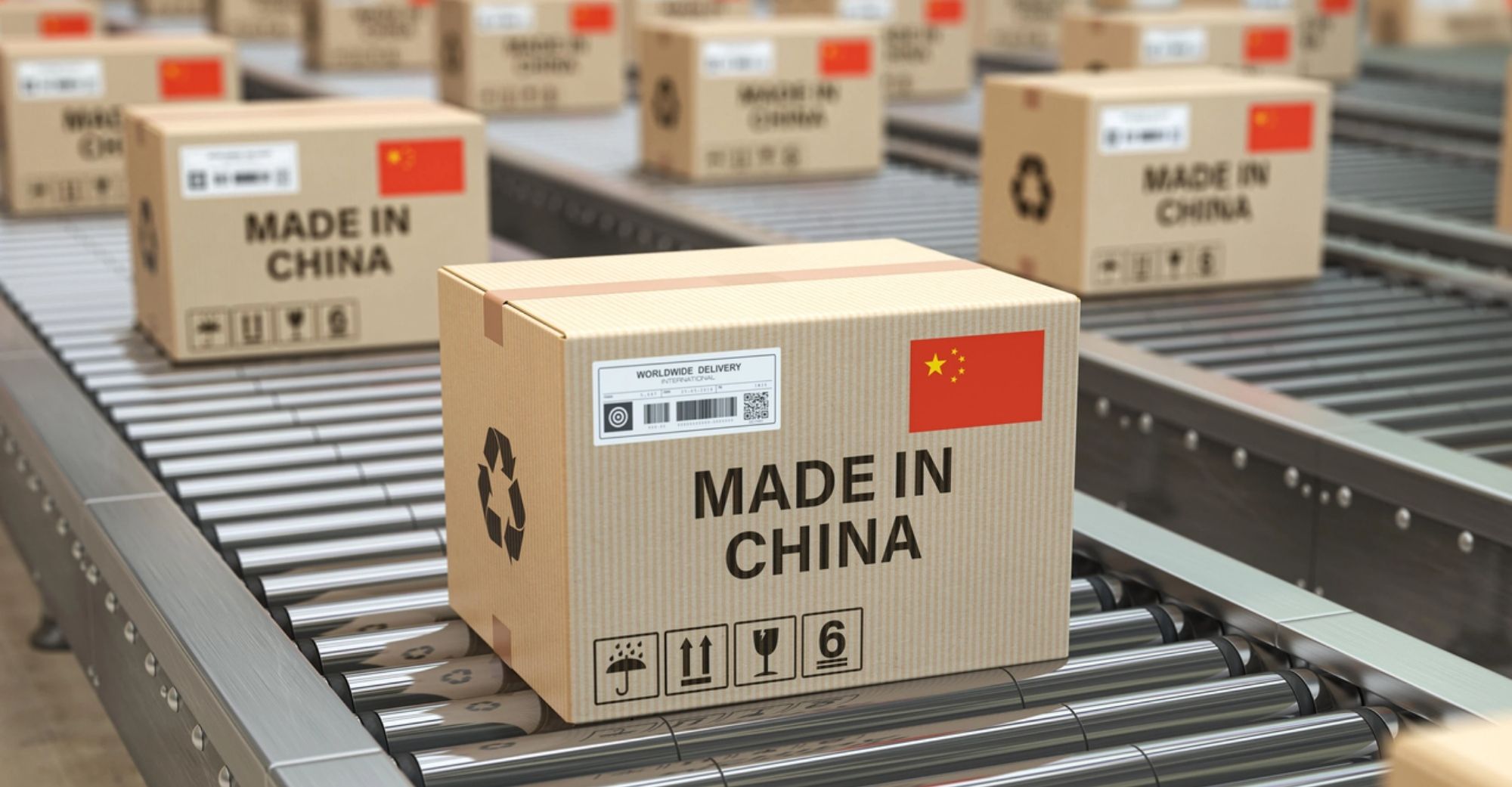
Chinese Firms Shift Production to Southeast Asia as Country Moves Up Value Chain
Fueled by a rise in labor and production costs, an increasing number of China's suppliers have been shifting their production facilities to emerging export economies in Southeast Asia, according to Chinese state media.
Fueled by a rise in labor and production costs, an increasing number of China's suppliers have been shifting their production facilities to emerging export economies in Southeast Asia, according to Chinese state media.
This has pushed the country to move up the economic value chain by adopting higher-end manufacturing and innovation intensive activities, CCTV reported on Monday.
Manufacturing labor costs in Indonesia are estimated to be just one-fifth of the costs in China, according to the report citing figures from TF Securities.
Chen Ying, a manager at a Shenzhen headphone manufacturer, said he has started to consider relocating his factory to Southeast Asia three years ago.
"The monthly wage of a factory worker in Shenzhen is about 4,000 yuan to 6,000 yuan ($620 - $930). But in Vietnam, it could be 1,500 to 2,000 yuan ($230 - $310)," Chen told CCTV.
According to a 2018 report published by Boston Consulting Group, Chinese manufacturing labor costs in 2000 averaged only 46 cents per hour — 53 times lower than the $25 per hour average in the US. Since then, Chinese manufacturing labor costs have been rising by 15.6% per year on average, outpacing gains in productivity of 10.4% per year.
Data released by the National Bureau of Statistics on Monday showed factory output grew 9.8% in April from a year ago, in line with forecasts but slower than the 14.1% surge in March.
In addition to traditional manufacturing companies, the country's domestic smartphone manufacturers have also begun to shift their supply chain to Southeast Asia.
In 2015, Oppo opened its first production facility outside China in Tangerang, just outside the Indonesian capital of Jakarta.
In April 2018, Xiaomi announced the establishment of three factories in India. To date, the company operates seven manufacturing sites in the country, with founder and CEO Lei Jun saying that more than 95% of Xiaomi products sold in India and Indonesia are manufactured domestically.
"As China moves up the value chain, many industries may find it may no longer be the cheapest or most cost-effective place to manufacture. The same product may now be produced at a lower cost in places like Vietnam and Indonesia. And Cambodia and Laos are on the horizon as alternative locations with even lower costs," said Citi Commercial Bank Senior Vice President Dann Sim.
In a working paper published in December for the the National Bureau of Economic Research, Gordon Hanson, a professor of economics at the Harvard Kennedy School, stated that the global economy is currently adjusting to "China's graduation from being the world’s factory to become the world’s R&D lab" by expanding labor-intensive export production in other emerging economies and labor-saving technological change in products.
"Such a transition, though still in its infancy, would mirror the decentralization of manufacturing production in the US and Europe, which occurred after World War II,“ Hanson wrote.
China’s share of world exports for labour-intensive products including textiles, clothing, sporting goods, toys and home fixtures reached their height in 2013 at 39.3% before declining to 31.6% by 2018, according to the report.
"China is now at the stage at which efficiency and quality will increasingly drive competitiveness," the BCG report said.
SEE ALSO: Alibaba Cloud’s Foray Into Southeast Asia Might Be a Stroke of Genius
In 2012, a government plan identified seven "strategic emerging industries" (SEIs) that it hopes will become the backbone of the country's next phase of industrial modernization, including energy efficient and environmental technologies, high-end equipment manufacturing, bio-tech, new-energy vehicles and next generation information technology.





